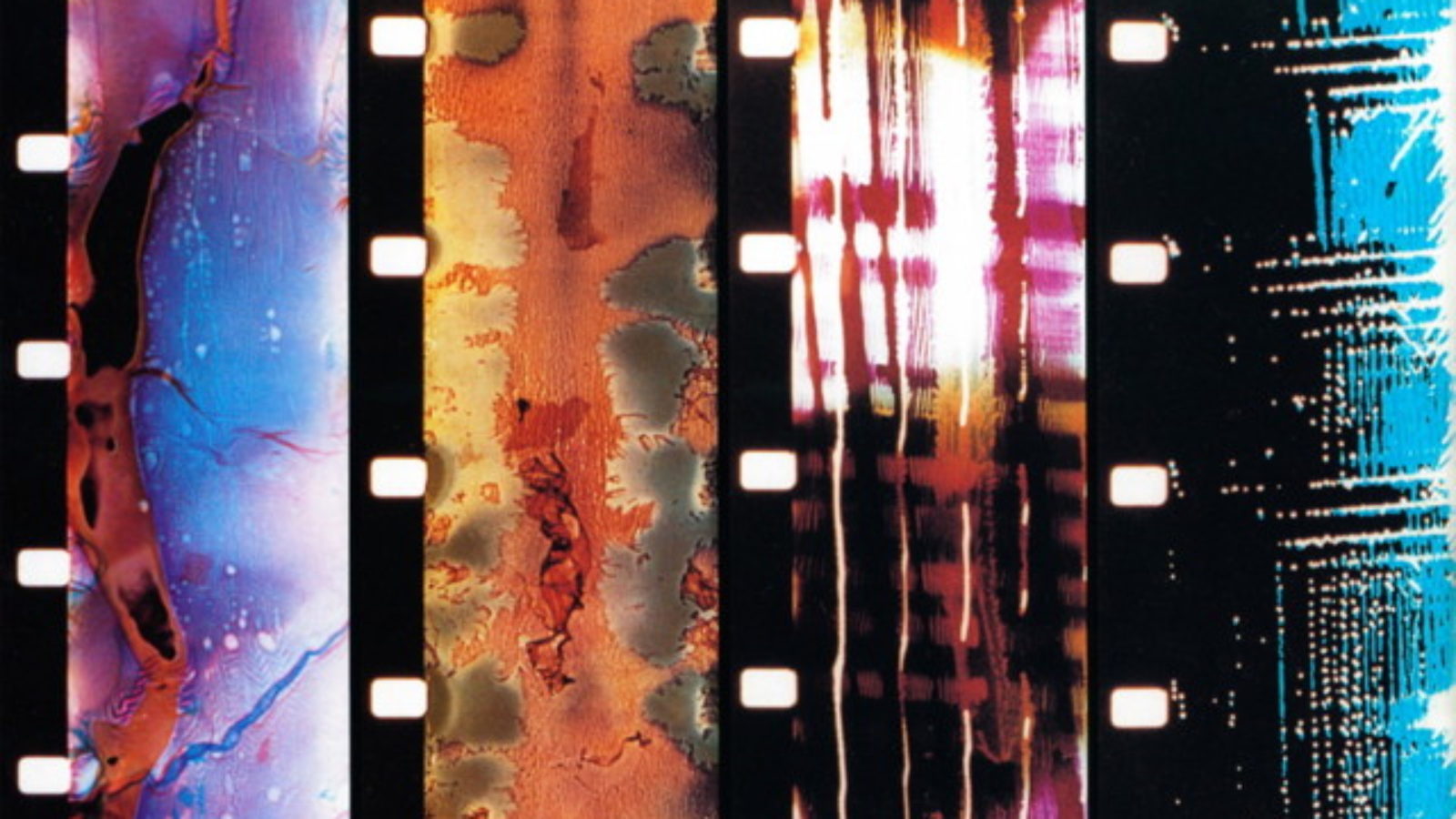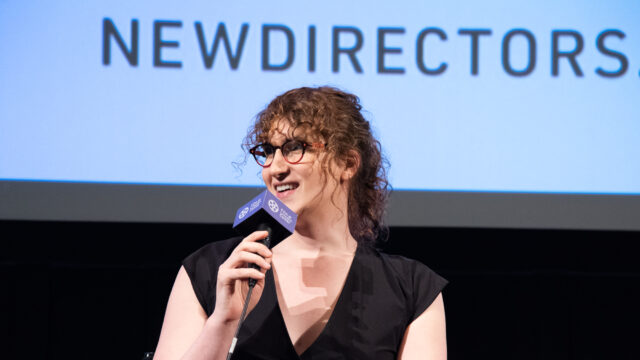Program 34: Nathaniel Dorsky – In a Silent Way (Part 2)

Kodachrome Dailies from the Time of Song and Solitude (Reel 2)
Nathaniel Dorsky | USA | 2005-6 | 30m
The Kodachrome Dailies consist of all the Kodachrome footage chosen to be worked with to make the film Song and Solitude during years 2005 and 2006. During that period I still had the great privilege to be shooting Kodachrome. My method for editing was to first select the footage I wanted to use from the original camera rolls and then make an internegative and work print of that selected material to work with in the editing. (In an earlier period, I did not have to first make an internegative, but could more simply make a work print directly off the camera original, but Kodak cancelled the reversal work print film stock.)
What would come to be called The Kodachrome Dailies came about by pure chance and a little mystery. At some point, many years after making Song and Solitude, my laboratory called to ask if I wanted them to send me the work print for Song and Solitude. They had been clearing out some shelves and had found the two reels in a can. I responded that that was impossible because I had already edited the film a few years previously. They responded, well, it is here, and we are going to send it to you. Neither the lab nor I could remember or understand why there was another copy of this work print.
I received this material and put it on a shelf in my editing space. One day, a few years later, I needed some footage to put through my projector in order to trace the source of a squeaking noise that only happened when film was going through it, so I went over to my shelf and threaded up the first of the two reels of the work print from Song and Solitude. I had never looked at it after it had arrived. While listening for the annoying squeak I looked up at the screen and was shocked by the beauty of once again seeing Kodachrome images on my screen. I was transfixed and sat down and watched the entire two reels. Kodachrome had been cancelled. as we all know, and one had just been trying to forget how nice it was.
This is the story of these two reels of film, each 40 minutes long when projected at silent speed. They are genuinely one of a kind. The Kodachrome they were sourced from is still intact but Kodak has terminated the internegative stock that was used at that time to make this work print, and the internegative used for printing them has since been cut up to serve as the printing source for the edited film, Song and Solitude.
What is interesting about these two reels is that it is an unusual opportunity to have the informal pleasure of seeing my footage, not only unedited, but with images that were not selected for the final film and therefore never seen. There is a sense of observing the filmmaker as the observer and therefore participating in the exploration with the camera, somewhat like a painter’s sketchbook or a writer’s notebook.
A few years ago I showed both reels to film curator, Mark McElhatten, when he was visiting in San Francisco. We both agreed that Reel 1, which was shot during the season of spring, seemed slightly stronger than Reel 2, shot during the following summer. He convinced me against my “better judgement” to show Reel 1 in public at Lincoln Center. I did not have the confidence that a public audience would be willing to enjoy the informality of seeing my selected dailies, but, indeed he was correct, and the show was very successful. The presentation also included the premiere of Jerome Hiler’s In the Stone House.
This coming October, at the New York Film Festival, Mark will present Reel 2 along with a very rarely screened film of mine, Ariel, entirely made up of hand-processed Anscochrome.
Ariel
Nathaniel Dorsky l 1983 l 16 minutes l silent speed l 18 fps l 16mm l color l silent
Ariel is also a film that came about through circumstance. I had purchased quite cheaply a number of rolls of out-dated 16mm Anscochrome, which at the time was a small competitor to Eastman Kodak. Their color scheme was red and white. setting them apart from the Yellow Kodak and the Green Fuji. Anscochrome was their Kodachrome, so to speak, but with an extremely different process and look. Stan Brakhage's Anticipation of the Night was shot on Ansochrome, both daylight and higher speed versions for nighttime exposure.
As these things seem to happen, one day Anscochrome suddenly announced the termination of its processing labs. So now I had these lovely rolls of film that could not be processed. Sometime that same year I was visiting a dusty old camera store in Hollywood and I noticed that they had a box of Anscochrome processing kits intended for slides. These too were quite out of date and I bought them for almost nothing.
At that time I had been working on two meticulous longer films, Pneuma and Alaya, and so it was a great pleasure to jump into the physicality of mixing chemicals in buckets and home processing the Anscochrome. I decided not to run it through a camera and add photographic images. I loved hand-processing but had seen too many examples of hand-processed image films. I wanted to see what I could do with the abstract qualities of only the film itself.
Of course I mis-processed it in anyway I could. Making the chemicals much too hot and then rinsing the film in ice water, all types of distortions like that. I even began to rub and scratch the film's soft and wet emulsions during the processing. It was enjoyable to be so directly involved with film. Then I edited this material into what was to be called Ariel.
I have not struck a print off the original since it was first made. I wonder now what a new print would look like from this hand-processed material? I am sure that the film was not properly washed or stabilized in the end and that it has all been slowly developing over these last three decades.
The only print in distribution is at Canyon Cinema. I have two personal prints and a few copies have been also sold to museums and universities. Perhaps that is all there will ever be.
Ariel will be shown at the New York Film Festival's Views from the Avant-Garde this coming October, 7th, at 8:30 pm. I have not seen it myself in well over twenty years.






